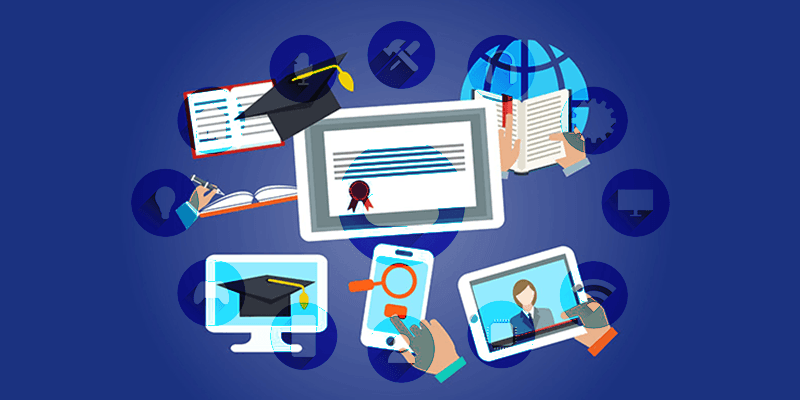
Surviving in the modern world is complicated, and you increasingly need a good education if you want to have a good life. It’s a notoriously difficult industry to change, though, and classrooms have been incorporating modern technology slowly, if at all.
The pace is picking up, though, as technology has gotten a lot cheaper, and teachers, students and administrators are getting more comfortable with it on a personal level. App-based class management systems, cloud-based learning tools, and other technological solutions are getting more popular in schools, and the leap to virtual reality, sensor networks, and other IoT innovations is already beginning.
Virtual reality, real education
The classroom is where the magic happens – specifically, the Magic Leap, or whatever other virtual reality/mixed reality platform you prefer. When it comes to learning something new, nothing really compares to hands-on experience and interaction, and introducing VR into education is probably one of its most exciting use cases. Biology class might not be everyone’s cup of tea, but taking a stroll through the human brain? Paired with the right instruction, that has the potential to teach you something that actually sticks.
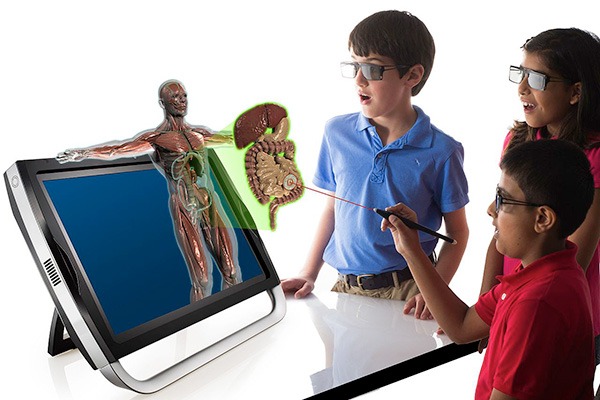
Even though adoption is currently limited, you can still find simulations that let you walk through history, dissect animals, study volcanoes, practice surgery, or even receive corporate job training. These aren’t going to replace reading, studying, and practicing, but they can help students internalize and apply abstract knowledge in a way they couldn’t before.
Sensors, sensors everywhere
Just being in the same room as other breathing humans makes you dumber – literally. It turns out that even lower levels of CO2 (which we exhale) can significantly impact our performance on mental tasks.
This is just one of the variables that teachers and staff could monitor with IoT sensors. CO2 levels, temperature, volume, light, and other conditions all affect how a class performs and can be used to improve the learning environment. Sensors placed around schools and universities can collect data on traffic, sound levels, and other factors that can help the school run more smoothly.
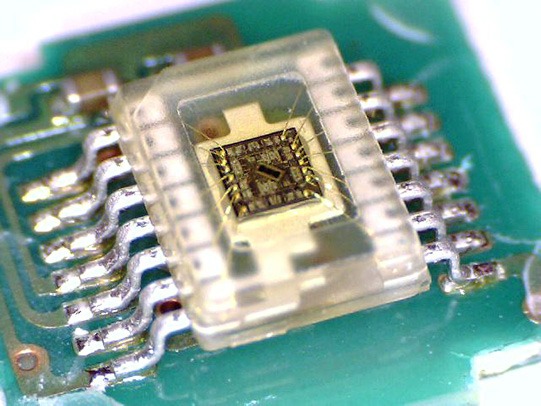
Generating and using data more effectively
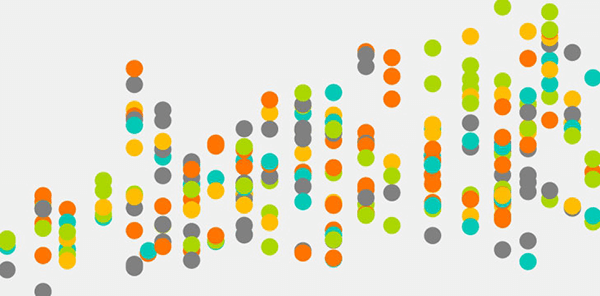
Students generate even more data than the average Facebook user: information about their grades, attendance, behavior, and other data points are often collected and stored, but often not used effectively. With more apps and cloud-connected devices being used to track student progress, data analytics and AI can be applied to their records and used to generate visualizations of their performance, and even automatically adjust their assignments to fit with their needs.
Interactive, adaptive learning
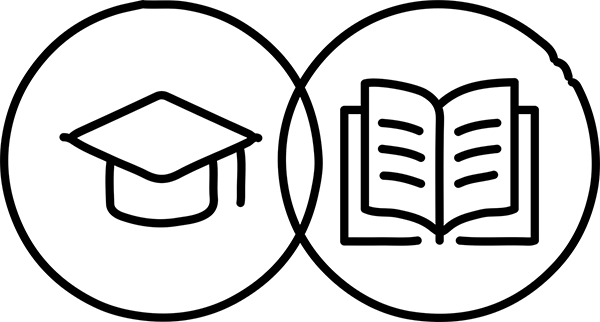
Students vary widely in their abilities and needs, but they’re all pushed through the same static curriculum by necessity. Ultimately, though, it’s the materials that will adapt to the students. Using digital textbooks with built-in comprehension measures, game-based learning, and learning tools with immediate, AI-powered feedback, students can work through material at their own pace, using the teacher as a resource for deeper understanding. This frees up the teacher to create more interactive lessons, not addressing the entire class as if they were a median or below-median student.
Increasing efficiency and lowering costs
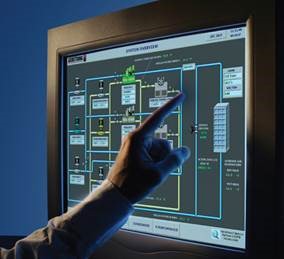
While it might not seem directly relevant to education, things like building automation, GPS trackers on buses, predictive maintenance, and robotic process automation can be hugely helpful in schools, especially where they tend to be underfunded. Using IoT-based systems to automatically manage energy use, water, and waste can save schools enough money to hire new staff and invest in more resources.
New Richmond schools in Tipp City, Ohio, saved over $128,000 a year with these systems, for example. Optimizing bus routes through GPS tracking and analysis can cut down bus travel time, which is nice for students and schools alike, as well as helping parents know when to be at the bus stop. Automating back office work can also cut down on administrative overhead and improve record-keeping and data quality.
Security
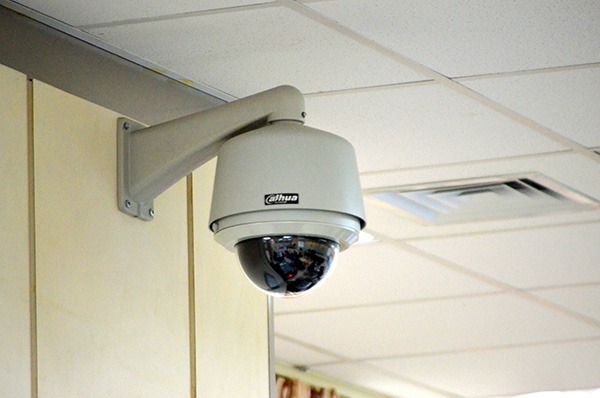
IoT can also be used to improve school security — though this comes with some pretty clear privacy risks. Fraser Public Schools in Michigan installed cameras and managed to bring in-school fist fights down to zero – but at the privacy cost of having students constantly filmed. Another frequent proposal is using ID tags to track students and keep automatic attendance records – a cool idea, but also fairly creepy.
Given the unfortunate reality of school shootings, though, IoT systems designed to lock down schools in emergency situations could actually be a very useful technology. Gunshot detection systems and other monitoring tools are now effective enough that they can not only pinpoint gunshot locations but can identify the type of weapons used and number of shooters. The necessity is regrettable, but these innovations could save lives.
Security and privacy risks
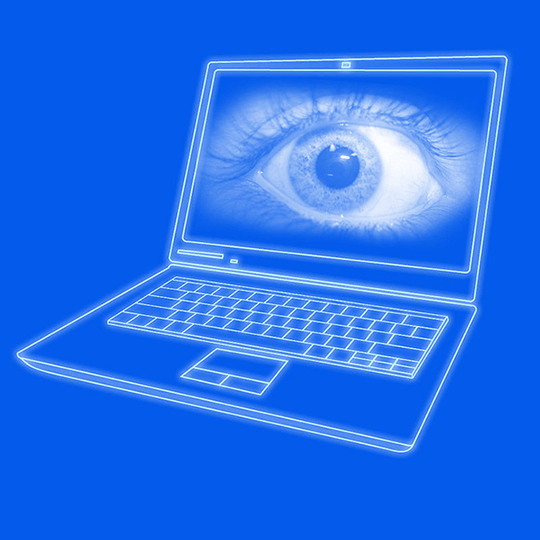
IoT, in its current form, is very hackable. The Mirai botnet, for instances started at Rutgers University, and another school had its network taken down by an attack on its IoT devices, including vending machines.
Any educational institution that starts setting up sensor networks and analyzing student data needs to be very aware of the risks and take appropriate steps to prevent their devices being hijacked or sensitive data being leaked. This may be doubly important given that children are involved and, in many cases, won’t really have the ability to opt out of schoolwide systems.
So, robot teachers, right?
Actual teachers are at a very low risk of being automated since so much of their job involves very human skills like relationship building, classroom management, and dealing with human exceptions. What will change is the way content is delivered and the role that teachers play.
Lecturing might be left to well-structured videos and interactive textbooks, with student progress monitored remotely by teachers who can then use class time to build on what the students know and clarify concepts that the class struggled with. There is a lot that can be done to optimize learning in the modern education system, and building a better environment for humans probably means using more machines.
Image credits: Some cheerful data, Sensemaking, Light sensor, laptop spying, Anatomy kgroup
Get the best of IoT Tech Trends delivered right to your inbox!







